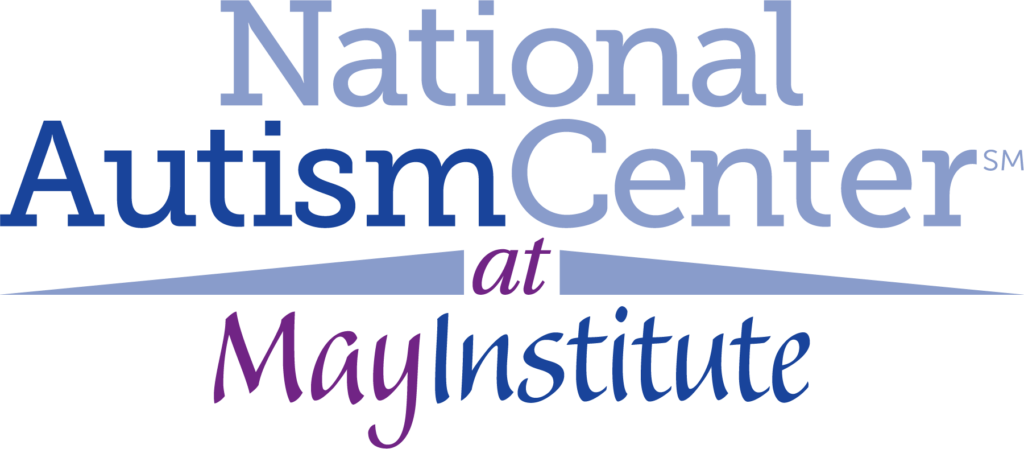Recent posts
Commentary from May Institute and National Autism Center Regarding One in 50 School Kids Has Autism, CDC Says
MEDIA RELEASE
Randolph, Mass. – A new estimate released from the Centers for Disease Control and Prevention says that one in 50 U.S. schoolchildren has autism. While prevalence rates continue to be debated and the cause(s) for the increases remain elusive, we must not lose sight of the critical realities this upward trend emphatically underscores.
The sheer volume these data represent – at least one million U.S. children have autism, not to mention the rapidly growing number of adults with autism – is staggering. What this survey makes clear is that an even greater percentage of the population needs immediate, effective treatment and related services today – not six months, a year, or five years from now.
The new data should serve as a further catalyst for removing barriers that inhibit immediate access to these specialized services. It has never been more critical to get credible information about effective, evidence-based treatment options into the hands of families, enabling them to make time-sensitive, well informed treatment decisions.
Delays in diagnosis – be they the result of lack of capacity, resources, or education – are all too common. There are still too many children on wait lists at diagnostic clinics and/or seeking access to appropriate treatment. Early diagnosis (as early as 18 months) can and should lead to early and intensive intervention, which we know is vital to a child’s long-term success.
Lost time translates to compromised futures for our communities’ children, adolescents, and adults with autism; a legacy that no generation wants to have on its watch. Let us all – educators, legislators, service providers, and caregivers – redouble our resolve to take the necessary actions to eliminate obstacles to long-term success for individuals on the autism spectrum.
Hanna Rue, Ph.D., BCBA-D
Executive Director
National Autism Center
Lauren C. Solotar, Ph.D., ABPP
President and CEO
May Institute

